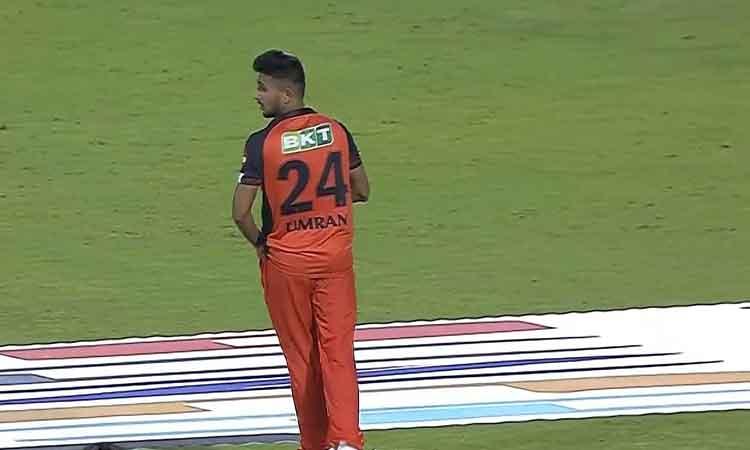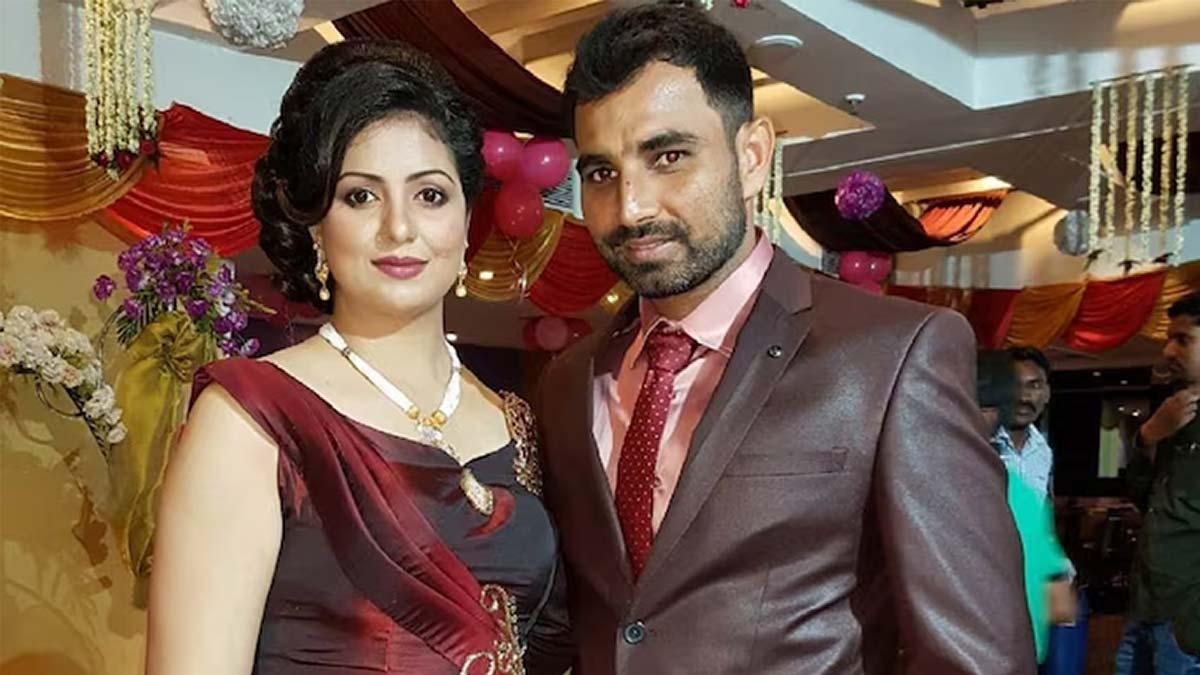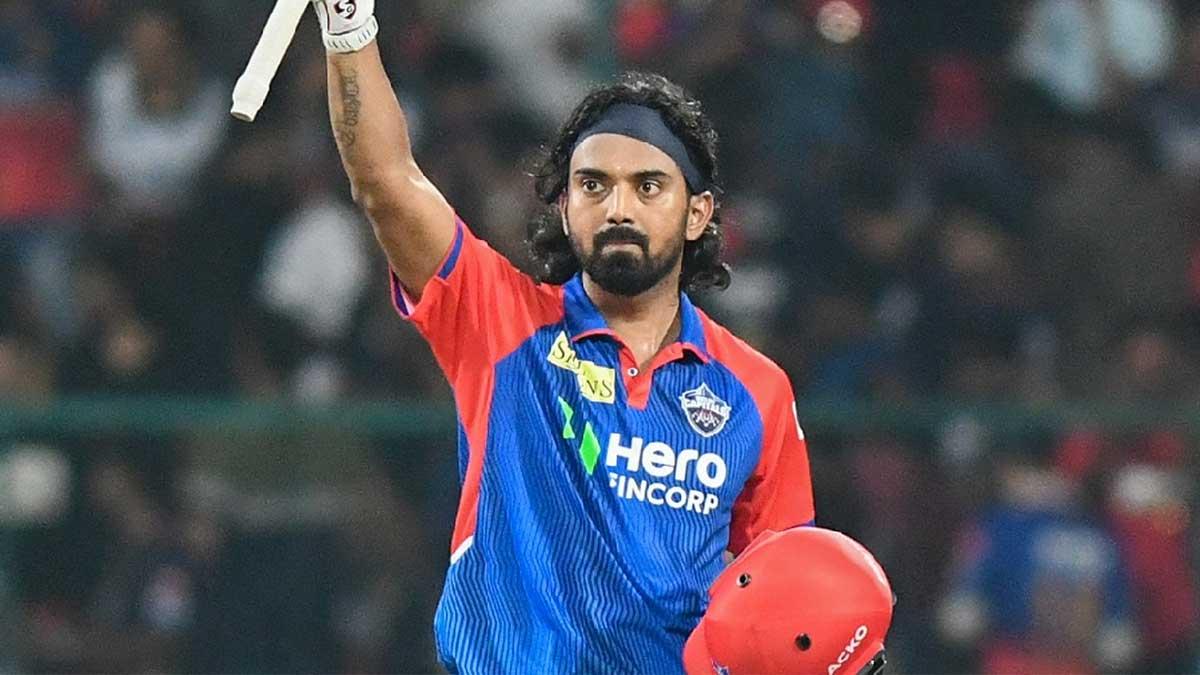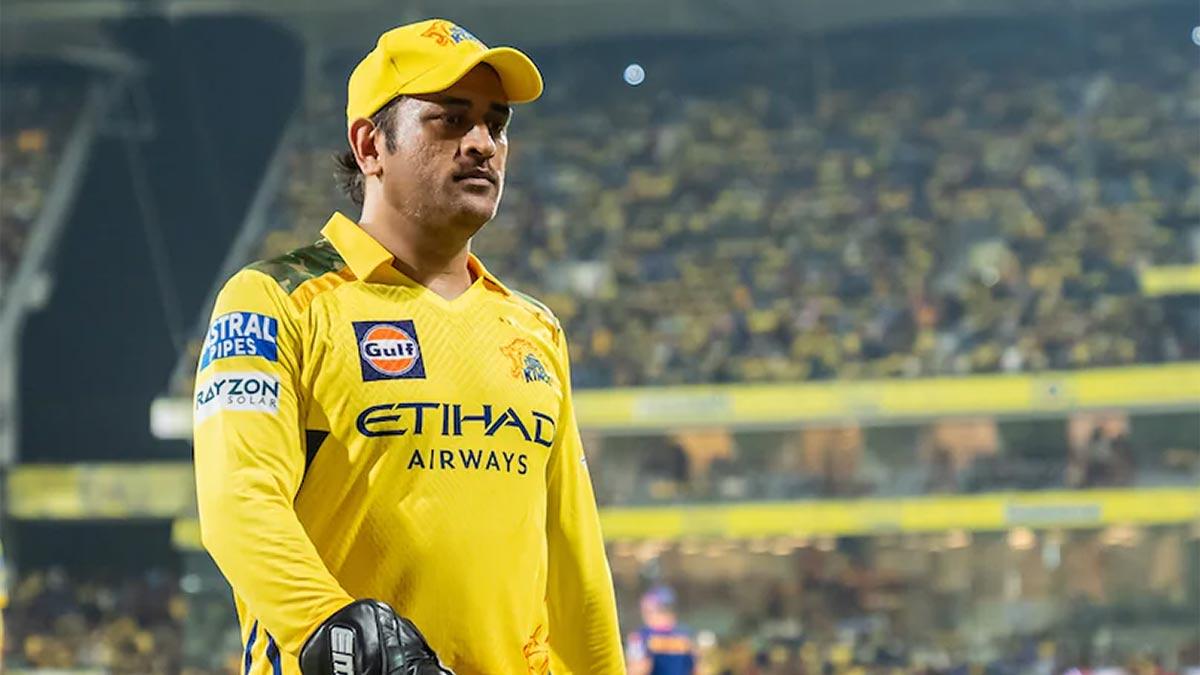The popular belief of cricket being a batsman's game is so true. The great Don Bradman, with a phenomenal average of 99.94, stands far above any pace bowler who has played the game. In India, Sachin Tendulkar has the distinction of being the superstar amongst the cricketers because of his brilliant exploits as a successful batter. His achievements were rewarded with the highest honour bestowed upon an Indian, the Bharat Ratna.
However, the cricket fraternity and the followers around the world wake up from their slumber when a fast bowler hits the 155 kmph mark. A fast and furious bowler is a rare breed in the history of cricket and when one mushrooms, the cricketing world sits up in anticipation to see him perform.
Umran Malik, the Jammu and Kashmir bowler has brought alive, what one terms as 'fast' bowling when he clocked 157 kmph in an IPL match. Malik is that rare gem of a natural fast bowler who fortunately has been blessed to Indian cricket. He has the build, the action and the athleticism that can propel him to bowl much quicker. It is now up to Indian cricket to polish this uncut diamond to make it glitter even more.
Jasprit Bumrah and Umesh Yadav have also been bowlers who have bowled over the 150 kmph mark but unfortunately, they have not progressed further in the speed department. Malik, falls into the Shoaib Akhtar category of a pacer. The ferocious Pakistan fast bowler was spotted by Imran Khan while he was watching a domestic match on television. He soon introduced Akhtar to the iInternational arena and the rest, as they say, is history.
Also read | Umran Malik clocks 157 kmph, bowls fastest ball of the IPL 2022
Clive Lloyd after the West Indian embarrassing defeat against Australia in 1975/76 solely due to the fast bowling of Jeff Thomson and Dennis Lillee realised the importance of having a genuine fast bowler in the side. He went around the Islands to find one and Michael Holding was his answer.
The Rolls Royce of spin bowling was none other than Bishan Singh Bedi but as regards pacers, Holding was definitely the popular choice. The beauty of his bowling was that he had a gazelle-like run-up to the wicket and smooth action that seemed to rotate with such ease. 'Whispering death' as he was known, and he did live up to it.
The success of both Akhtar and Holding was nursed and nourished by their respective captains Imran and Lloyd.
India, over the years, has been branded as a country that was known for spin bowlers. The famous Indian quartet, each one a genius and world class, became the burial ground for any aspiring fast bowlers at that time. The reason being that none of them were good batters, and, so to accommodate them, the sacrificial lambs were the pacers. Kapil Dev was the bright spark that shone in 1978 and the brilliant cricketer finally made a permanent place as a pacer in the Indian side because of his flamboyant batting as well.
His success along with the likes of Karsan Ghavri, Madan Lal, Balvinder Sandhu, Javagal Srinath and many others led to the importance of fast bowlers being an essential commodity of an Indian side. Presently, India is blessed with a plethora of quick bowlers but they are missing one that can create demons in a batsman's mind through sheer pace.
India, has been blessed with talented fast bowlers in the past. Mohammad Nissar in India's first Test match at Lord's in 1932 created a tremor in England, when he bowled both the English openers Herbert Sutcliffe and Percy Holmes to have England at 11 for 2. He finished with a five-wicket haul and was considered to be as fast as the best in England then.
Amar Singh, his opening bowler partner, did extremely well for India as well. India's fastest bowler, however, was Ladha Ramji, Amar Singh's brother. He played just one Test at home in 1933 and one wonders as to why he did not play anymore. The story one gathers of Ramji's exploits is that on a matting wicket he could bowl a bouncer which on a few occasions hit the sightscreen behind the wicket-keeper directly.
Ramji had a wild temper; similar to the express speedster from the West Indies, Roy Gilchrist, and maybe his aggressive temperament could have been his downfall.
Saeed Ahmed Hatteea was a breath of fresh air where sheer pace bowling was concerned in 1970. However, not getting selected for the West indies tour of 1971, he went back home to England. Indian cricket then was still averse to recognise the need of a genuine fast bowler.
In 1972, a raw pacer from a seaside village near Kolhapur came for trials for the Maharashtra Ranji side. Pandurang Salgaonkar was a round-arm right-hand fast bowler who had no formal coaching. He had the stamina and the build of a natural athlete and a speed that was far greater than anyone in India. In his very first year of first-class cricket, he had batters ducking, weaving and pleading for survival.
He captured Indian domestic cricket with success not only in the Ranji Trophy but also in the Duleep and Irani Trophy. I was privileged to see his rise as a raw talent to one who rattled Sri Lanka in the unofficial Test series. He was considered to be an automatic choice for the squad to England in 1974, but missed the bus as the selectors' views were that the English players were comfortable playing fast bowling.
Salgaonkar, through the personal finances of one of India's top golfers, RK Pitamber, and his employees the Mahindra Group did go to England. To enhance his skills he was also enrolled into the famous bowling academy run by Alf Grover. His stint there rather than becoming beneficial became detrimental. Grover felt that Salgaonkar would become more effective with a straight high-arm action. He made a complete change to his bowling arm, thereby making him lose his natural lethal outswinger and his unpredictable in-cutter.
Fortunately for Umran Malik, fast bowling has finally found its importance in an Indian side. However, one is worried that he too could fall a victim to the several coaches hounding Indian cricket. He needs to keep to his natural bowling action and stay away from the several advisors who will now flood him with ill advice.
Indian cricket will benefit enormously once Umran Malik attains the fast and furious 100 miles/hr speed barrier.
Seeing him charge down to bowl and make batsmen swerve for cover will be a sight to relish.


















